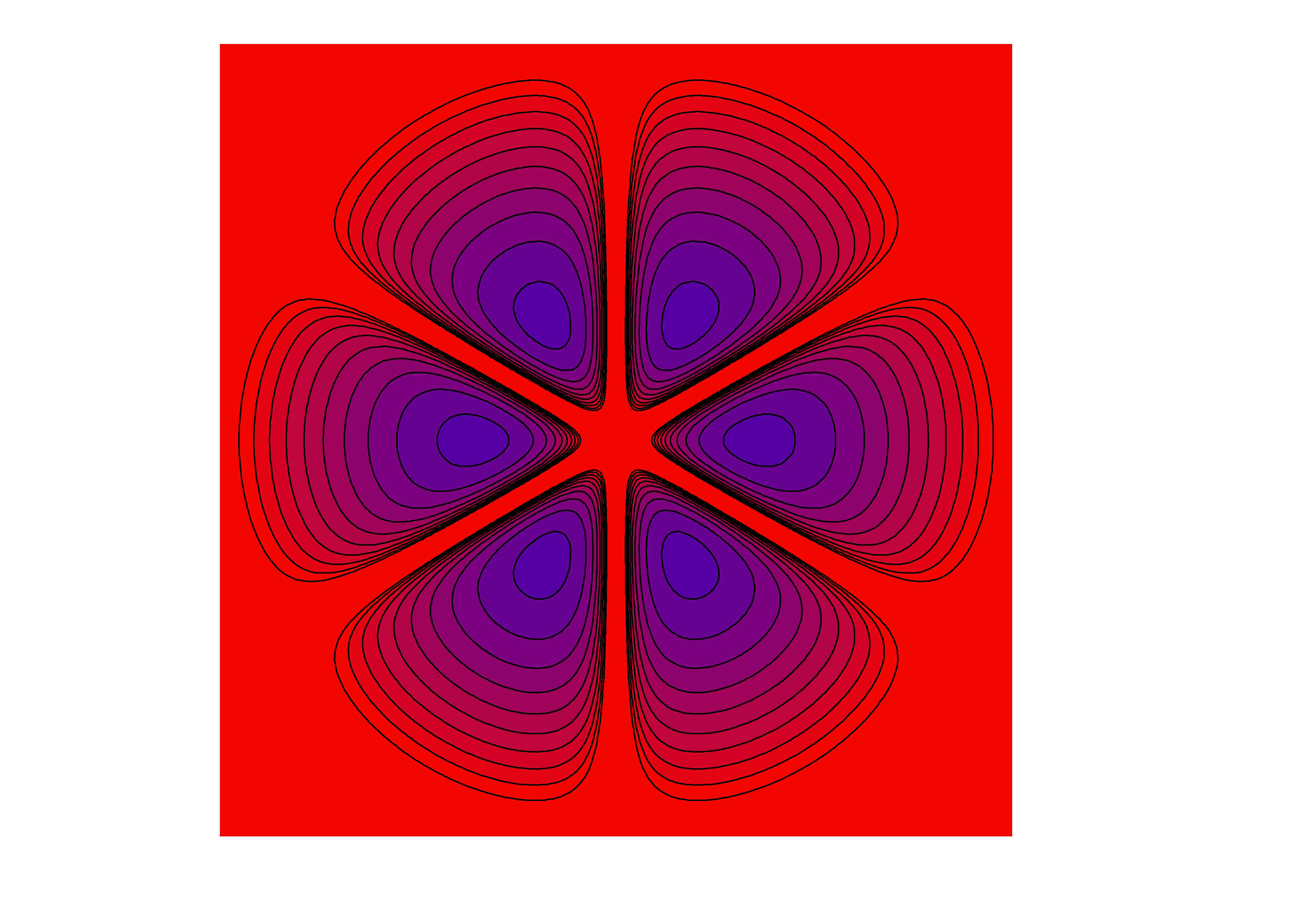
 |
Confined Systems | |
| |
|

Go to:
|
Confined Systems
When a quantum system (electron, atom, molecule) is exercised to an external field the electron distribution is modified. As a result all properties of the confined quantum system are modified. In case of a molecule this applies as well to the potential energy surface. Spectra and electron densities of quantum systems in power series and Gaussian potentials have been succesfully studied by using the Configuration Interaction approach and anisotropic Gaussian type basis sets of very high l-quantum numbers. The studies of molecules in external potentials have indicated the existence of new pathways for chemical reactions in confinement (catalysis). The results are documented in a series of publications. In conventional chemical reaction dynamics it is assumed that nuclei within a molecule move on the potential energy surface of the free molecule and effects of the environment are, in general, taken into account as perturbation. When a molecule is exposed to a high intensity laser field or to a super-strong magnetic field (>1000 Tesla) the effect of the environment can no longer be treated as perturbation and reaction dynamics must be studied on field-driven potential energy surfaces. This requires to develop new, computationally feasible methods and in case of magnetic fields involving complex arithmetic. Pilot studies have been performed for electrons in high intensity laser fields. The software development is underway to investigate the photo dissociation dynamics of characteristic di- and tri-atomic molecules in super-strong magnetic fields by using time-dependent nuclear wave packet propagation on multi-potential energy surfaces
|